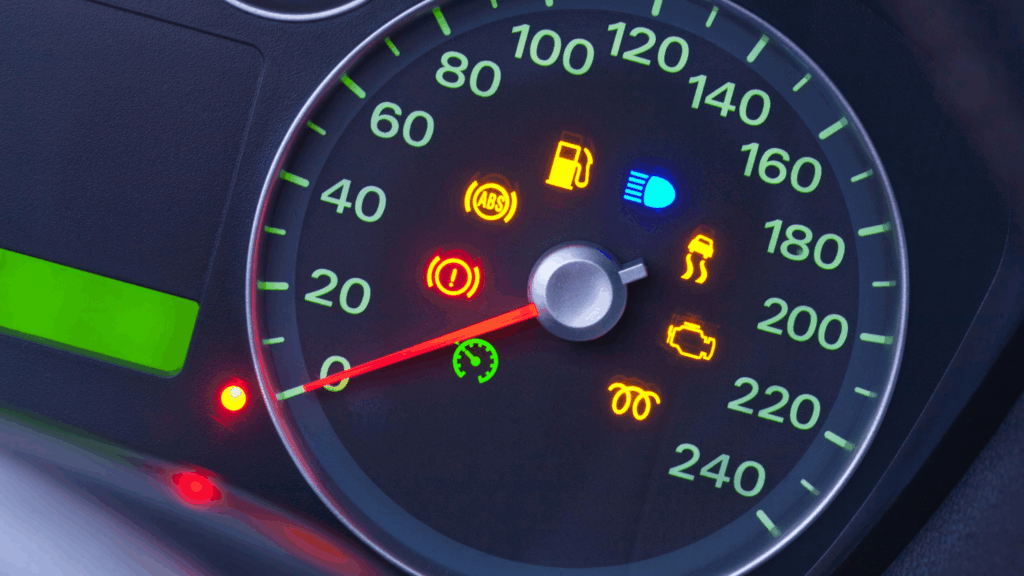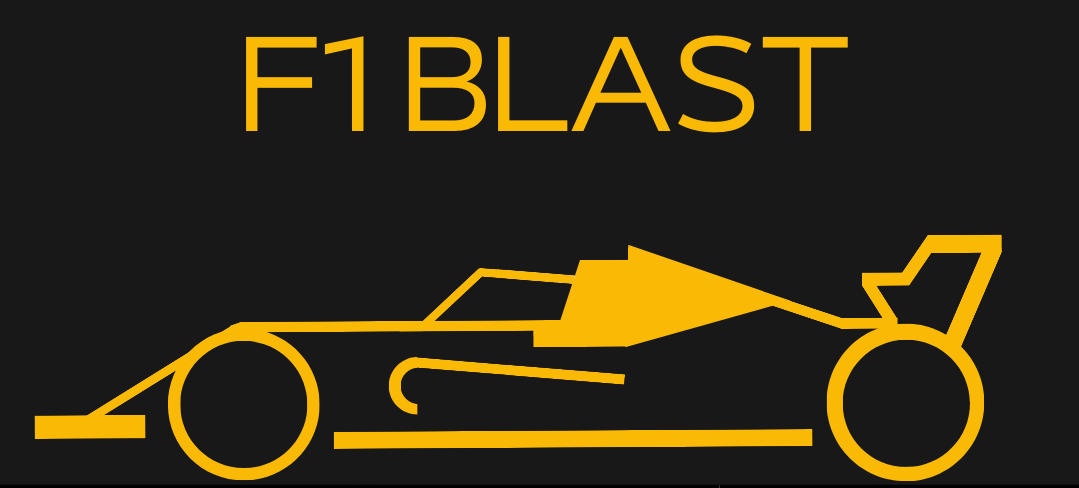Modern vehicles are engineered to be your co-pilot in safety and maintenance. Yet, many drivers overlook the subtle signals their cars send daily, those blinking dashboard icons or faint noises under the hood that seem harmless at first. The truth is, neglecting these seemingly minor signs, especially the tire pressure light can lead to major, costly repairs down the road.
The Cost of Ignoring Early Warnings
Every modern car is equipped with an onboard diagnostic system that monitors performance and safety. When a small issue arises, your car’s computer sends feedback through dashboard warning lights. These alerts are not mere suggestions but early warnings that something needs attention.
Car dashboard symbols and dashboard lights are designed to alert drivers to specific issues, helping you identify and address problems before they become severe.
For example:
- Ignoring a check engine light or engine warning light could allow a simple misfire, a loose gas cap, or even a loose wire to evolve into a damaged catalytic converter.
- Overlooking the oil pressure warning light or pressure warning light may indicate low oil level or obvious oil leaks, which might lead to a complete engine failure.
- Dismissing a brake warning could weaken braking performance and jeopardize safety.
When a warning light appears, it is important to run a diagnostic test to pinpoint the exact issue and prevent further complications.
What begins as an inexpensive repair often escalates into a bill involving hundreds or even thousands of euros if these warnings are ignored, potentially resulting in serious damage.

The Importance of the Tire Pressure Light
A glowing tire pressure light is one of the most common dashboard warnings, and one of the most ignored. Many drivers assume it’s nothing serious, especially if the vehicle still handles normally. However, this small symbol carries major implications for safety and cost. The tire pressure monitoring system alerts drivers to improper air pressure in the tires, helping prevent issues before they become serious. It’s important to keep an eye on, especially in places where drivers do not have to change tires during winter seasons.
Driving on underinflated tires causes:
- Uneven tire wear, decreasing the tire lifespan.
- Poor fuel efficiency, as the engine works harder to move the car.
- Increased braking distance and reduced traction, especially in wet conditions.
- Risks from overinflated tires, such as reduced grip, harsher ride, and increased risk of tire damage.
- Problems from low pressure, including higher chances of tire failure and poor handling.
The tire pressure warning symbol often appears as an exclamation point inside a horseshoe. If this pressure warning from the tire pressure monitoring system appears, stop at the nearest gas station to check and adjust your tire pressure according to the vehicle manufacturer specification. Ignoring a pressure warning can lead to further issues and costly repairs.
Over time, neglecting the tire pressure light can lead to worse fuel efficiency, sometimes premature tire replacement or worse, a dangerous blowout on the highway.
Why Dashboard Warning Lights Matter
The car dashboard displays a variety of symbols and lights, each representing a different system or warning. Dashboard warning lights are your vehicle’s language of self-preservation. Each symbol, whether it’s for oil, battery, temperature, or brake system, is designed to alert you before a problem becomes severe. Many newer vehicles also use color coding:
- Red lights often signify critical issues that require immediate attention, such as the battery light, engine temperature warning light, airbag warning light, parking brake engaged, or low engine oil pressure.
- Yellow or orange lights warn of developing concerns that should be checked soon, including the low fuel indicator (fuel pump icon), traction control, stability control, power steering, and engine oil pressure.
- Blue or green lights typically indicate active systems or informational messages, such as fog lights, front fog lights, cruise control, and other important safety features.
Most cars today are equipped with common dashboard warning lights for important safety features, and these lights may illuminate briefly during startup as a system check. The owner’s manual provides detailed explanations of each symbol on the car’s dashboard, including those related to the coolant tank, oil pump, brake pedal, and stability control system. Some lights, such as the parking brake engaged or brake pedal warning, are designed to alert the driver to specific actions.
Using lights and signals properly is important to ensure the safety of other drivers on the road.
Learning what these lights mean and responding promptly is not just smart—it’s essential maintenance discipline.
Brake System Maintenance
Your vehicle’s brake system is one of its most important safety features, and keeping it in top condition should always be a priority. When the brake system warning light or brake warning light appears on your car’s dashboard, it’s a clear signal that something in your braking system needs attention. This warning light can indicate issues ranging from worn brake pads and low brake fluid to more complex problems with the anti lock brake system (ABS) or anti lock braking system sensors.
Ignoring these dashboard warning lights can quickly turn a minor issue into a major safety risk. For example, if the ABS warning light remains illuminated, it could mean your anti lock braking system isn’t functioning properly, which can lead to unsafe driving conditions, especially in wet or slippery environments. Similarly, a brake system warning light might point to low brake fluid or worn brake pads, both of which can reduce your stopping power and increase the risk of accidents.

The Domino Effect of Neglect
Minor issues have a way of compounding. A small leak can degrade seals, create moisture damage, and corrode wiring. Low coolant levels can cause overheating, leading to engine gasket repairs. Maintaining proper engine oil levels and regularly checking the coolant tank are essential to avoid engine oil pressure problems that can harm your car’s engine. Even running your car with low tire pressure affects suspension and steering components over time. Neglecting these issues can lead to serious damage to the car’s engine.
In mechanical systems, time is an opportunity, for repair or for damage. The sooner you act, the more control you retain over both performance and cost. If serious damage occurs, contacting roadside assistance may be necessary.
Building a Proactive Car Care Habit
Preventive care starts with consistency. Here are some actionable habits for staying ahead of problems:
- Check tire pressure monthly or before long drives, and always compare readings to the vehicle manufacturer specification.
- Schedule oil changes as recommended by your vehicle’s manual.
- Keep an eye on dashboard warning lights and never ignore new symbols on your car’s dashboard.
- Address strange noises, vibrations, or changes in handling promptly.
- Use regular inspections to catch hidden issues early.
- Check windshield washer fluid and fuel tank levels regularly to avoid running out and to ensure safe driving.
If a pressure warning light appears on your car’s dashboard, run a diagnostic test to identify the exact issue and prevent further damage.
By treating your car’s alerts as friends rather than annoyances, you extend its life and reliability, while saving money in the long run.
Frequently Asked Questions
Q: What should I do if my tire pressure light turns on suddenly?
When your tire pressure light turns on, it means the tire pressure monitoring system has detected low air pressure in one or more tires. The warning symbol often appears as an exclamation point inside a horseshoe. Check each tire using a reliable gauge. If you find low pressure, stop at the nearest gas station to adjust the air pressure. Inflate the tires to the vehicle manufacturer specification to avoid both low pressure and overinflated tires. Ignoring a pressure warning can lead to further issues. If the light persists, inspect for punctures or leaks.
Q: Can I keep driving if a dashboard warning light appears?
It depends on the color and type of warning. A red light typically means stop and address the issue immediately. Examples of critical red warnings include the pressure warning light, engine warning light, oil pressure warning light, and engine temperature warning light, these indicate serious issues that require immediate attention to prevent damage. A yellow or orange light means get the car checked soon.
Q: What happens if I keep ignoring minor dashboard warnings?
Minor issues often worsen over time, potentially causing serious damage to critical systems like the car’s engine, brakes, or transmission resulting in high repair costs. Ignoring dashboard warnings can lead to loss of engine oil pressure due to low oil level, a faulty oil pump, or obvious oil leaks, all of which can severely harm the engine. Running a diagnostic test can help identify these issues early. If serious damage occurs, you may need to call for roadside assistance to prevent further problems and ensure your safety.
Q: Why does my tire pressure light come on when it’s cold?
Cold weather can reduce air pressure in your tires naturally as air contracts in lower temperatures. The tire pressure monitoring system detects these changes in air pressure and may trigger a warning light when the pressure drops. Check and top up your tires during seasonal changes. But sometimes it may be caused by a slow puncture, caused by hitting the curb too hard when parallel parking, and then it’s best to stop and inspect the tire manually.
Q: How can I learn more about what each dashboard warning light means?
Your vehicle’s owner’s manual includes a complete guide to car dashboard symbols, dashboard lights, and common dashboard warning lights found on your car’s dashboard. Some manufacturers also provide mobile apps with explanations and maintenance tips.

